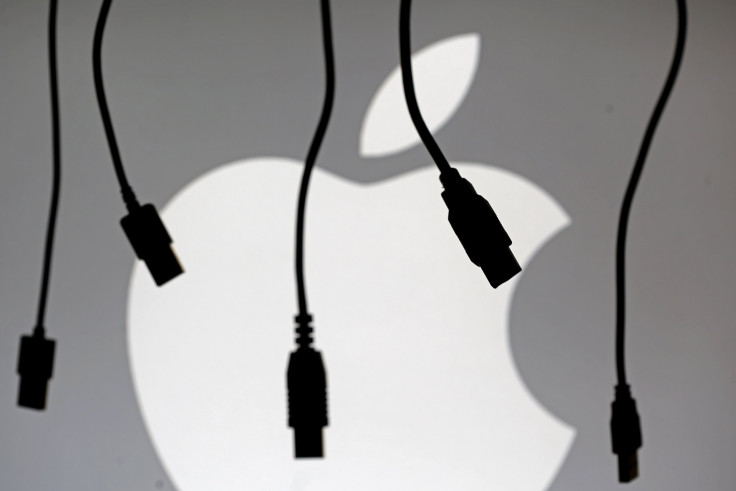Apple Outage: How To Protect Yourself From Downtime In The Cloud

Apple’s cloud services were knocked offline for nearly 12 hours on Wednesday, leaving millions of users around the world unable to update apps or purchase music and software from the iOS and Mac Store or the iTunes store. Apple’s iCloud services, including email, were also affected, albeit for a shorter period. Meanwhile, some of the tech giant’s retail stores had to process sales by taking old-school credit card impressions in lieu of Apple Pay.
Experts say the outage shows that heavy cloud users, from road warriors to businesses, need to take steps to ensure they can function when the cloud is down.
It wasn’t hackers or malware that brought down Apple’s network -- an internal DNS error was to blame, according to Apple. DNS, short for domain name system, is used to direct Internet traffic to its proper IP address, or destination. And while it was only one system that brought down Cupertino’s e-commerce services for hours, it was enough to reportedly cost the company up to $25 million in lost revenue, according to the Sydney Morning Herald.
Lost everything on my iPhone. Spoke to #Apple. They're having unprecedented server outage right now- iTunes, apps, iCloud- everything is out
- Lauren Steenholdt (@laurenmichelles) March 11, 2015The incident is the latest example of the cloud’s inherent risks. Online services brings many benefits, like being able to log in to your content from almost any device, but there are some big downsides to having everything connected to the Web.
"Using the cloud, be it for content distribution or service delivery, brings convenience and immediacy, but the natural tradeoffs include connectivity needs and the potential issues when the server or services are taken offline," said Michael Inouye, ABI Research senior analyst, in an email. "Ultimately these outages are a cost of doing business in the digital age, and in many cases there aren’t many alternatives.”
The problem isn't exclusive to Apple. Outages have hit many tech companies over the past year, including Amazon, Microsoft (its Xbox Live went down) and, briefly on Thursday, Google, according to Business Insider.
While there’s not much users can do from their end to prevent losing access to cloud services, there are a few steps that can be taken to mitigate the effects of an outage.
First and foremost, regularly backing up files to local storage can minimize downtime by providing a second or even third location for important documents. Apple provides ample documentation on how to do this for every app it has on the service, including Bookmarks, Calendars, Contacts, iTunes, Mail, Photos and Reminders. Windows users can do the same with their OneDrive files by going into the settings and turning on “Access all files online.” And Google users can download all their data through the Google Takeout service.
To have email available both offline and online, users can set up email accounts with their desktop email client, which can download files to be viewed whenever -- as long as the computer is accessible. Google users also have another option through the Gmail Offline service, which allows Gmail users to read and compose email even when Gmail servers are down or an Internet connection isn’t available.
Lastly, avoid keeping sensitive documents in cloud storage. If necessary, use encryption services such as Boxcryptor for an additional layer of protection.
"I’m not sure there’s much for the consumer to do, other than to accept that this is a reality of cloud distribution," said Inouye. "Generally, though, I think consumers will be upset while the outage is happening, but any animosity they might have is short-lived."
© Copyright IBTimes 2025. All rights reserved.




















